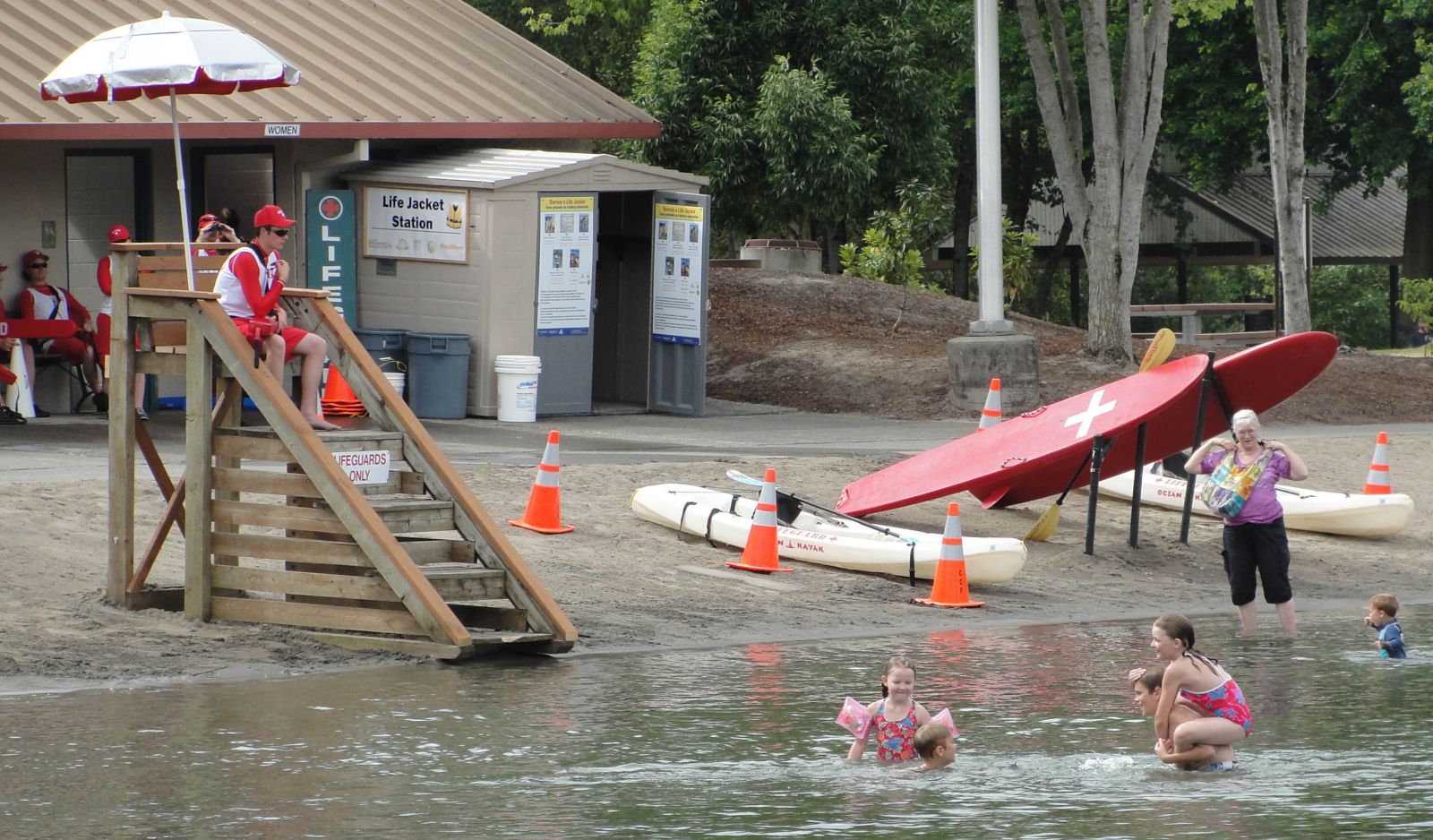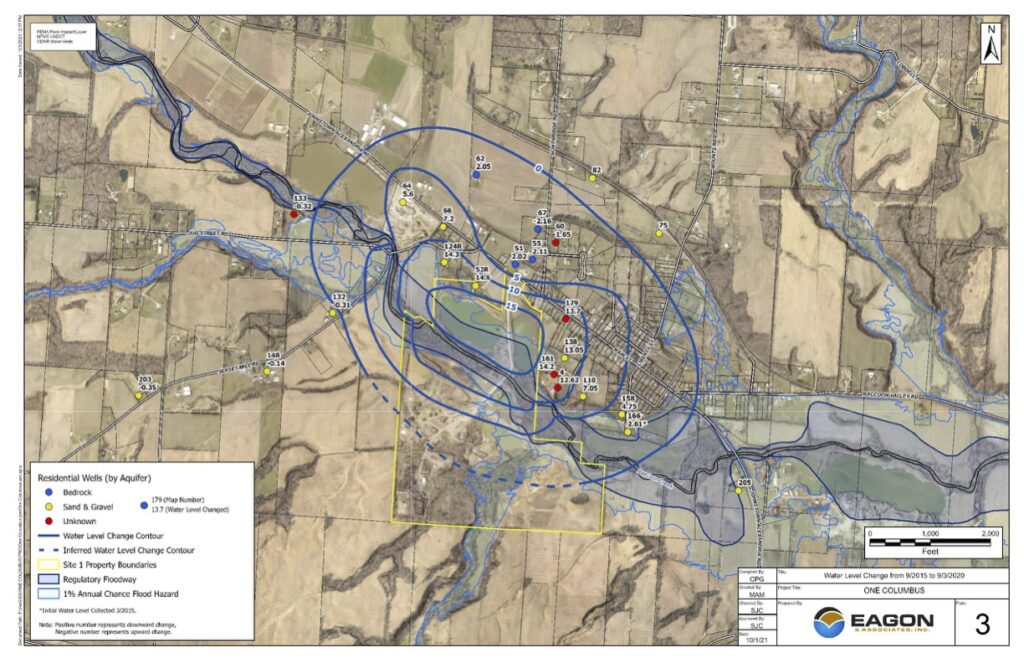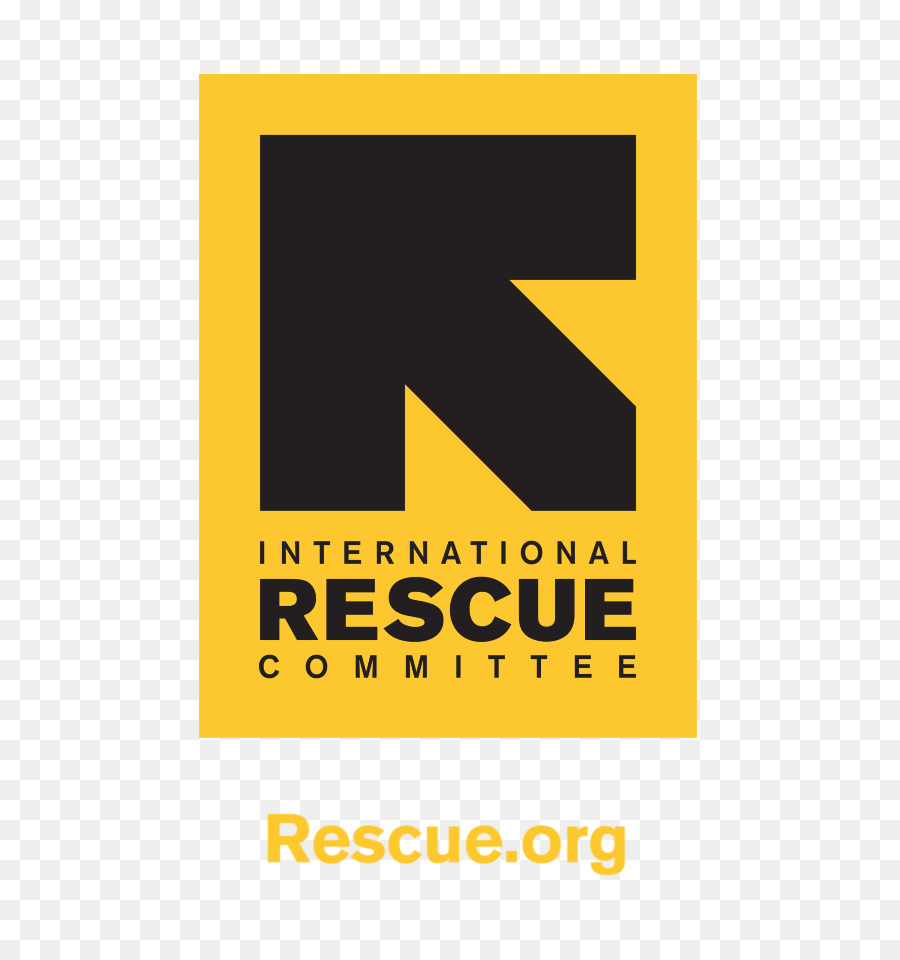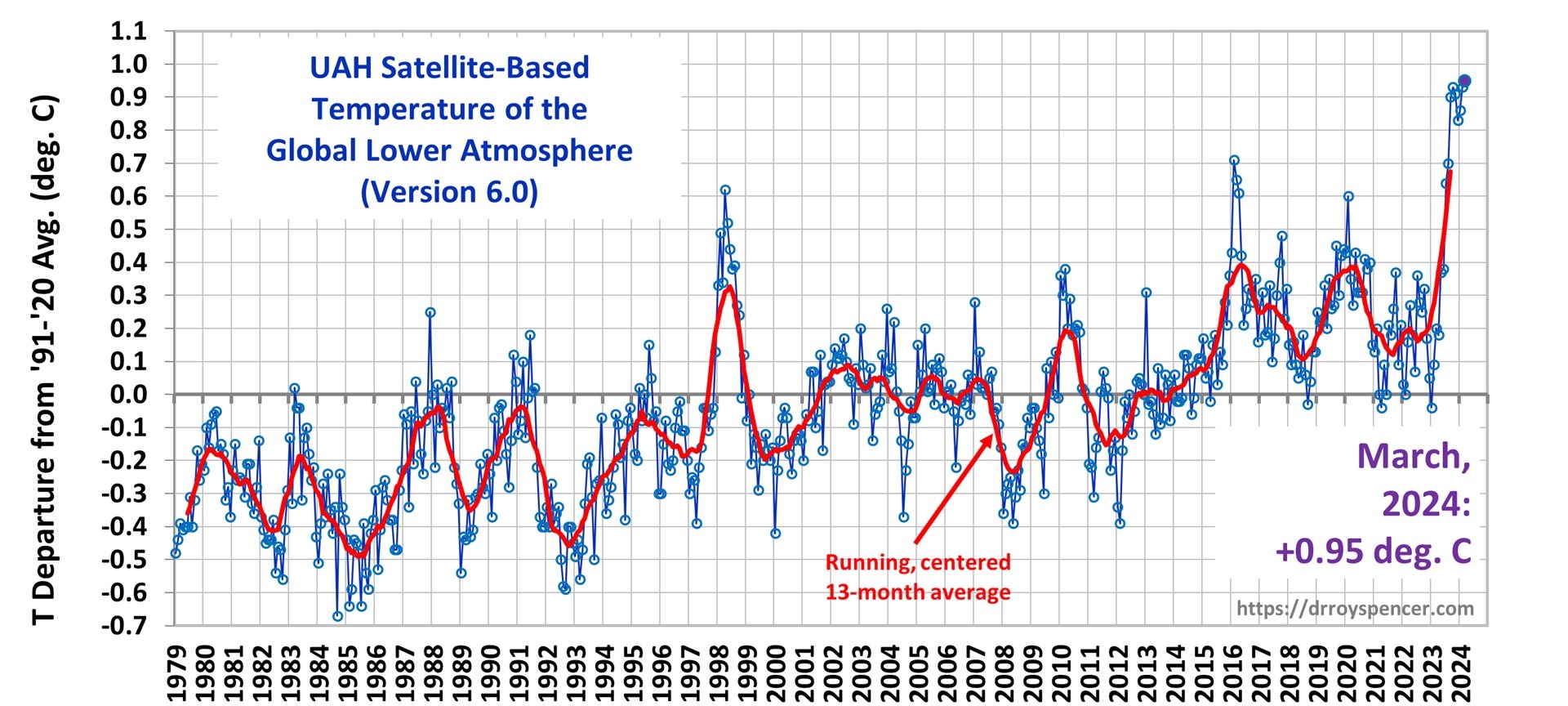Water Quality Assessment Report: Vancouver and Lacamas Lakes
Executive Summary
A recent assessment of water quality in Clark County indicates a significant improvement at Vancouver Lake, leading to the removal of the public health advisory. However, an advisory remains active for Lacamas Lake due to persistent elevated toxin levels. These monitoring and public health actions directly support several United Nations Sustainable Development Goals (SDGs), particularly those concerning health, water quality, and sustainable ecosystems.
Status Update and Public Health Directives
Vancouver Lake: Advisory Lifted
Clark County Public Health has rescinded the warning advisory for Vancouver Lake following the analysis of recent water samples. This action is a positive development for SDG 3 (Good Health and Well-being) and SDG 6 (Clean Water and Sanitation).
- Water sample results confirm that cyanotoxin levels have fallen below the threshold for state recreational guidance.
- Warning signage previously installed around the lake has been removed.
Ongoing Risks and Precautionary Measures for Public Safety (SDG 3)
Despite the improved conditions, the continued presence of harmful algae necessitates public vigilance to protect community health. The following precautions are advised to mitigate potential health risks:
- Recreational users should avoid direct contact with water where floating scum is visible, as toxin concentrations can be higher in these areas.
- Pets should be prevented from drinking or entering the water in areas with visible scum to prevent illness.
- The public is reminded that environmental conditions can change rapidly, potentially leading to a future increase in toxin levels.
Environmental Monitoring and Sustainable Development Goals
Lacamas Lake: Continued Advisory in Support of SDG 6
The warning advisory for Lacamas Lake, in effect since June 4, remains active. Persistently elevated toxin levels from harmful algal blooms compromise the lake’s water quality, posing a risk to public health. This ongoing advisory underscores the challenges in achieving the targets of SDG 6 (Clean Water and Sanitation) for all community water bodies.
Monitoring Protocol and a Commitment to Ecosystem Health (SDGs 14 & 15)
Clark County Public Health’s management strategy reflects a commitment to protecting both human and environmental health. This proactive approach supports SDG 14 (Life Below Water) and SDG 15 (Life on Land) by addressing threats to freshwater ecosystems.
- Continuous Surveillance: Public Health authorities will conduct weekly water sampling at both lakes as long as algal blooms are present.
- Data-Driven Decisions: Advisories will be updated based on the scientific analysis of toxin levels.
- Ecosystem Protection: Managing harmful algal blooms is critical for protecting aquatic life from the detrimental effects of cyanotoxins and oxygen depletion, thereby preserving local biodiversity.
Community Access and Sustainable Cities (SDG 11)
The management of these natural resources is integral to fostering SDG 11 (Sustainable Cities and Communities). Ensuring the safety and ecological health of public lakes contributes to creating resilient, inclusive, and sustainable community spaces.
- Safe recreational access to natural areas promotes physical and mental well-being.
- Effective environmental management enhances the quality of life for residents.
- Protecting these natural assets ensures their availability for future generations.
Analysis of Sustainable Development Goals (SDGs) in the Article
1. Which SDGs are addressed or connected to the issues highlighted in the article?
-
SDG 3: Good Health and Well-being
This goal is central to the article, which focuses on the actions of Clark County Public Health to protect the public from health risks. The advisories are issued to prevent illnesses that can result from contact with water contaminated by harmful algal toxins.
-
SDG 6: Clean Water and Sanitation
The core issue is the quality of freshwater in Vancouver Lake and Lacamas Lake. The article discusses pollution from harmful algae, which degrades water quality and impacts the health of these freshwater ecosystems.
-
SDG 11: Sustainable Cities and Communities
The lakes are identified as public recreational areas within Clark County. The safety and accessibility of these public spaces are key themes, as the advisories directly impact the community’s ability to use them for recreation.
-
SDG 15: Life on Land
This goal is relevant as it includes the protection and restoration of inland freshwater ecosystems. The article addresses the ecological health of the lakes, which are vital components of the local terrestrial and aquatic environment.
2. What specific targets under those SDGs can be identified based on the article’s content?
-
Target 3.9: Substantially reduce the number of deaths and illnesses from hazardous chemicals and air, water and soil pollution and contamination.
The article directly relates to this target. The actions of Clark County Public Health, such as issuing warnings and monitoring “elevated toxin levels,” are measures to prevent public illness resulting from exposure to hazardous biological toxins in the water.
-
Target 6.3: Improve water quality by reducing pollution.
The entire article is about managing and responding to water pollution. The monitoring of “toxin levels” and the presence of “harmful algae” are direct measures of water quality. The goal of lifting the advisory is achieved when water quality improves to “safe limits.”
-
Target 6.6: Protect and restore water-related ecosystems, including lakes.
The focus on the health of Vancouver Lake and Lacamas Lake aligns with this target. The continuous monitoring (“weekly water samples”) is a key activity in managing and protecting these specific water-related ecosystems from the negative impacts of algal blooms.
-
Target 11.7: Provide universal access to safe, inclusive and accessible, green and public spaces.
The lakes are public recreational spaces. The article highlights the challenge of ensuring they are safe for public use. The lifting of the advisory and removal of “warning signs” at Vancouver Lake is a direct action to restore safe access to this public space.
-
Target 15.1: Ensure the conservation, restoration and sustainable use of terrestrial and inland freshwater ecosystems.
The article discusses the management of two inland freshwater ecosystems (the lakes). The public health advisories represent a management strategy to ensure the “sustainable use” of the lakes for recreation while mitigating health risks, thereby addressing the health of the ecosystem itself.
3. Are there any indicators mentioned or implied in the article that can be used to measure progress towards the identified targets?
-
Measurement of Toxin Levels in Water
This is a direct indicator mentioned in the article. Clark County Public Health takes “weekly water samples to assess toxin levels.” This data is used to determine if the water quality is within “safe limits,” directly measuring progress towards Target 6.3 (improving water quality). It serves as a specific measurement for Indicator 6.3.2: Proportion of bodies of water with good ambient water quality.
-
Status of Public Health Advisories
The issuance, continuation, or lifting of advisories is a clear, albeit qualitative, indicator. The lifting of the advisory at Vancouver Lake signifies an improvement in conditions, while the ongoing advisory at Lacamas Lake indicates persistent problems. This acts as a proxy indicator for Target 3.9 (reducing illness from contamination) and Target 11.7 (ensuring safe access to public spaces).
-
Presence of Harmful Algae
The article notes that “harmful algae are still present in the lake.” The visual or measured presence of algal blooms is an indicator of the ecological health of the lakes, relevant to Target 6.6 and Target 15.1. The persistence of these blooms indicates that the ecosystems are still under stress.
4. Table of SDGs, Targets, and Indicators
| SDGs | Targets | Indicators Identified in the Article |
|---|---|---|
| SDG 3: Good Health and Well-being | 3.9: Reduce illnesses from water pollution and contamination. | Status of public health advisories (issuance, continuation, or lifting of warnings). |
| SDG 6: Clean Water and Sanitation | 6.3: Improve water quality by reducing pollution. 6.6: Protect and restore water-related ecosystems (lakes). |
Measurement of toxin levels from water samples to determine if they are within safe limits; Weekly monitoring of water quality. |
| SDG 11: Sustainable Cities and Communities | 11.7: Provide universal access to safe and accessible public spaces. | Removal or placement of warning signs, indicating the safety and accessibility of the lake for public recreation. |
| SDG 15: Life on Land | 15.1: Ensure the conservation and sustainable use of inland freshwater ecosystems. | Monitoring the presence and persistence of harmful algae as a measure of ecosystem health. |
Source: katu.com







